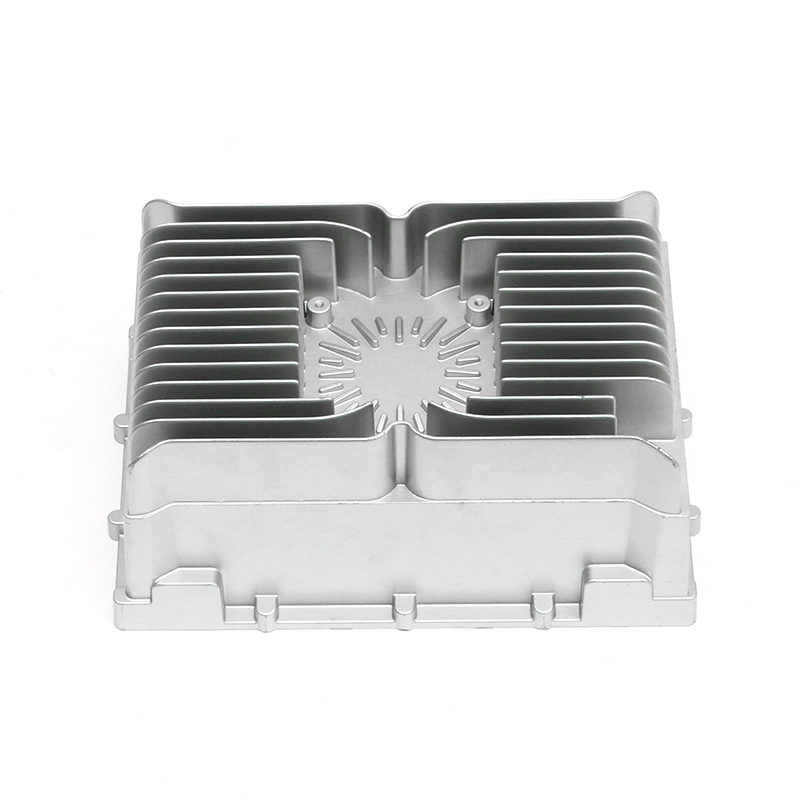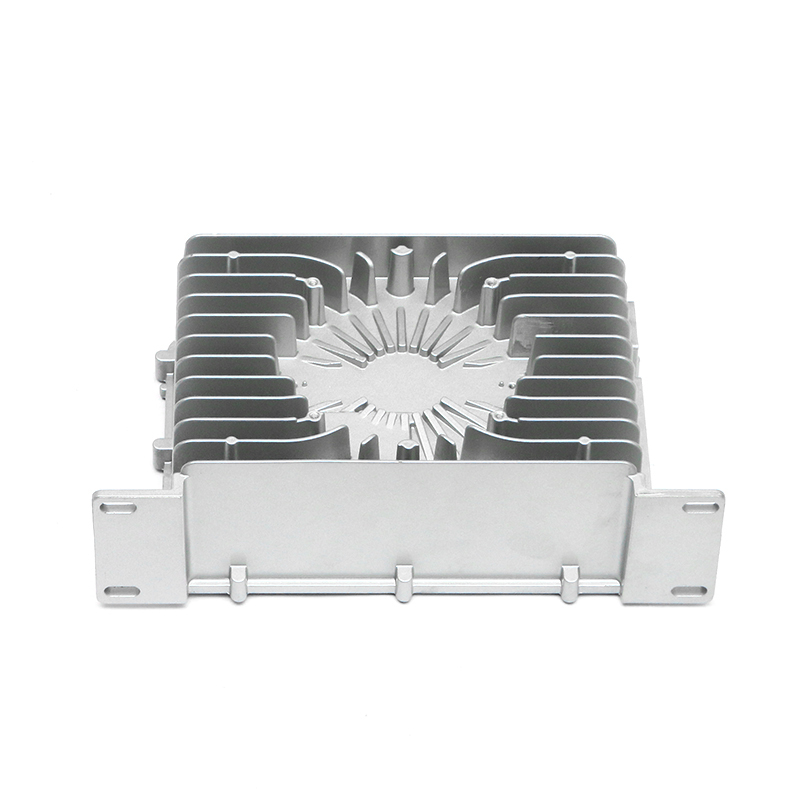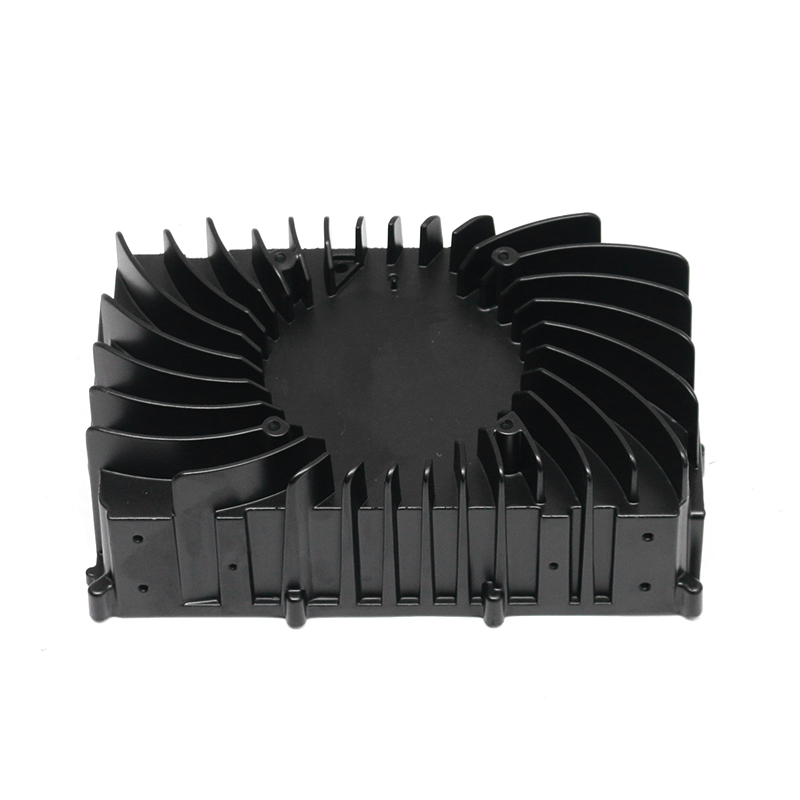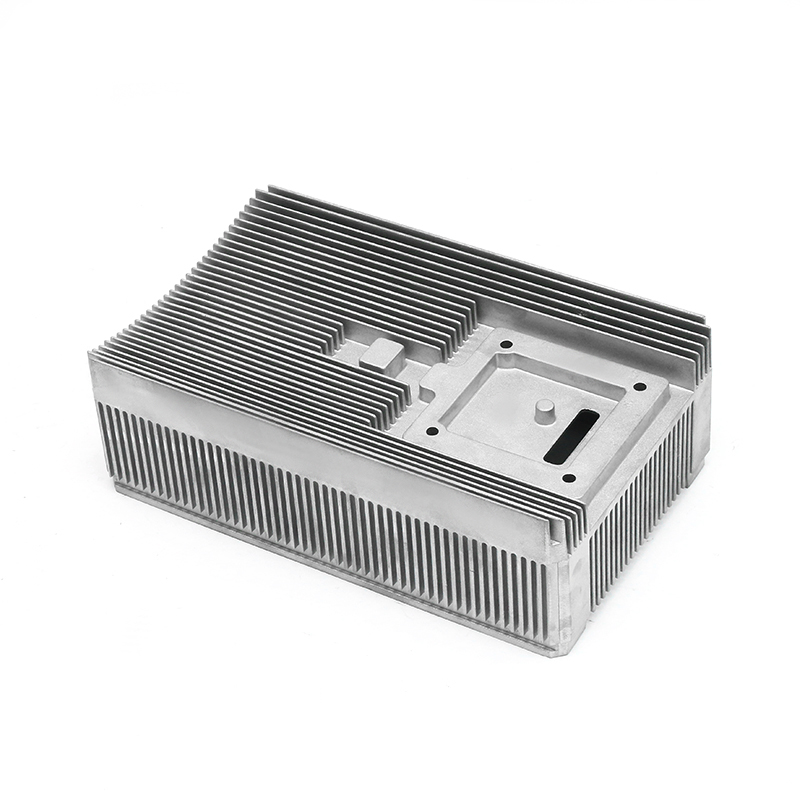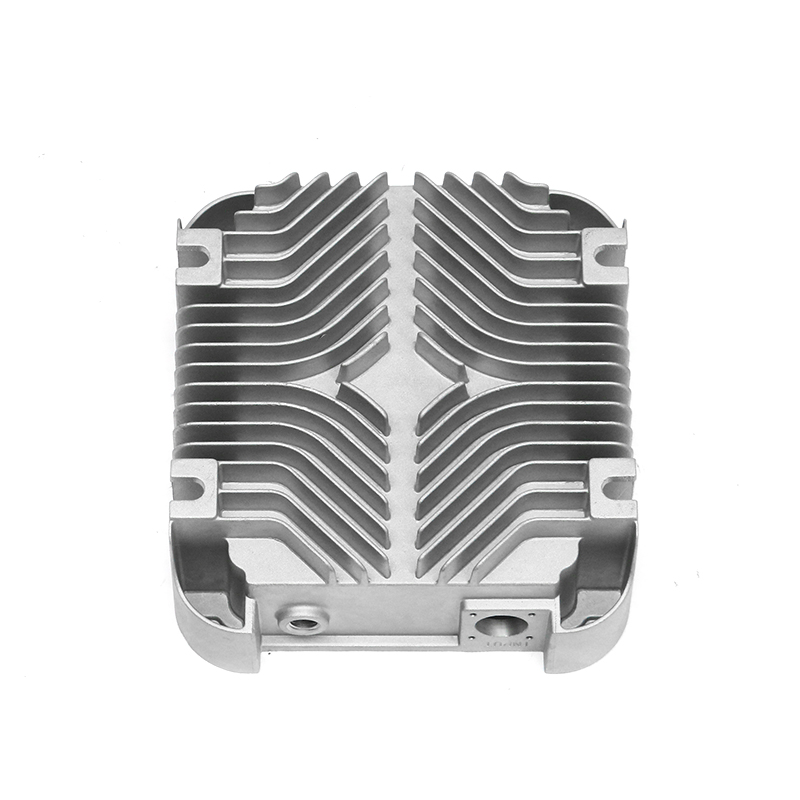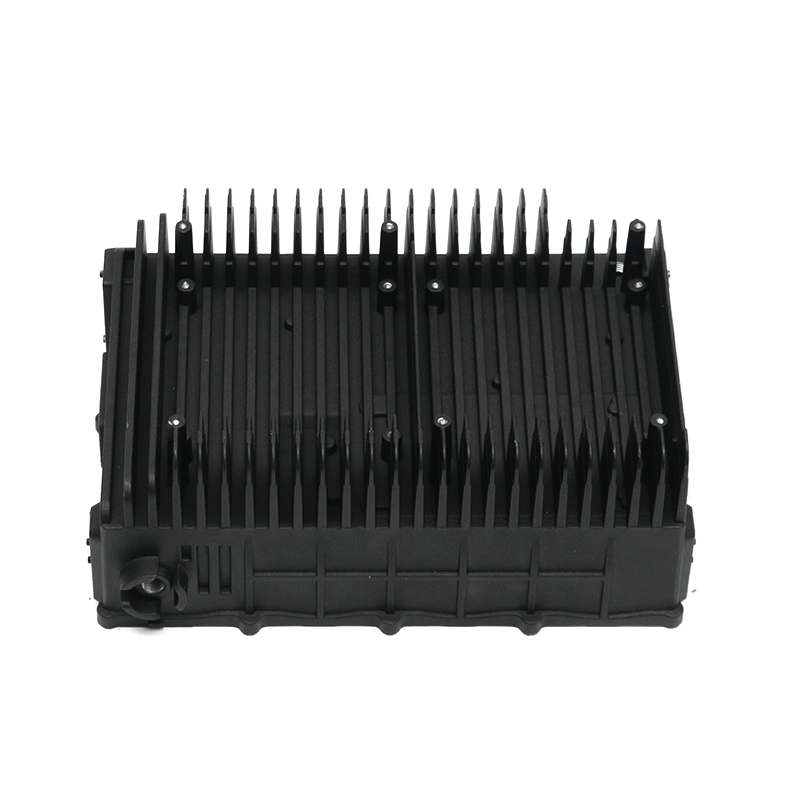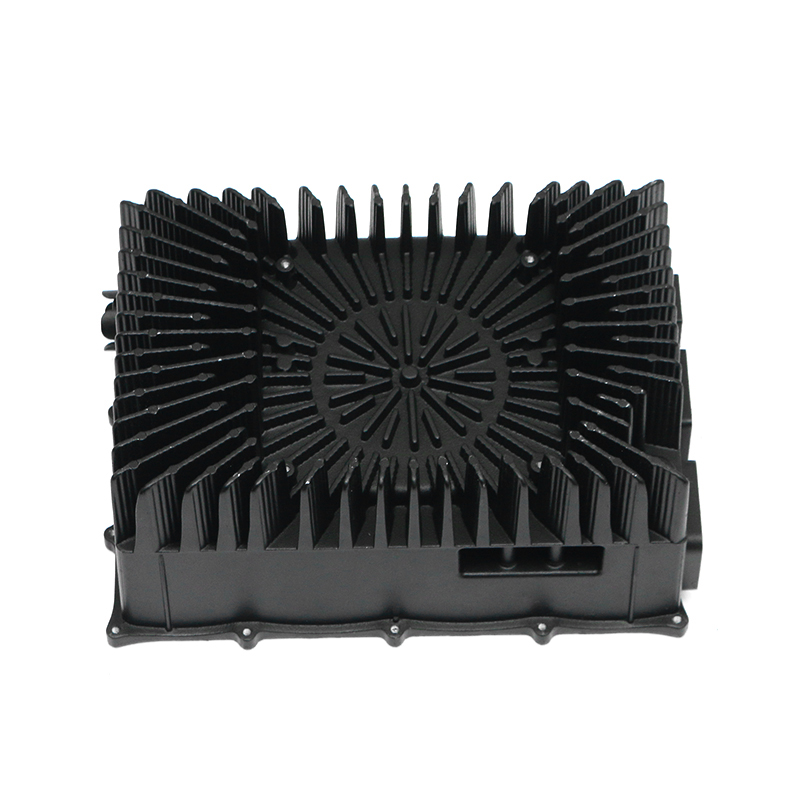Structural Integrity and Mechanical Protection
The motor housing in new energy vehicles must provide robust structural support to withstand various mechanical stresses encountered during operation. This includes resistance to vibration from uneven road surfaces, torsional forces during acceleration/deceleration, and impact protection from minor collisions. The housing acts as the primary load-bearing component that maintains proper alignment between the motor's internal components while protecting delicate electrical elements from physical damage.
Thermal Management Capabilities
Effective heat dissipation represents a critical function for modern motor housings. Electric motors generate substantial heat during operation, particularly in high-performance applications. The housing must incorporate thermal pathways to conduct heat away from stator windings and power electronics, often through integrated cooling channels or heat sink designs. Some advanced housings employ phase-change materials or liquid cooling systems to maintain optimal operating temperatures below critical thresholds that could degrade insulation materials or permanent magnets.
Electromagnetic Shielding Properties
High-voltage electric motors produce significant electromagnetic interference (EMI) that can disrupt nearby electronic systems. The housing must provide adequate electromagnetic shielding through material selection and structural design. Aluminum alloys are commonly used for their combined EMI shielding and thermal conductivity properties, while some applications may require additional conductive coatings or layered materials to meet stringent electromagnetic compatibility standards.
Environmental Sealing and Corrosion Resistance
Protection against environmental factors is essential for motor longevity. The housing must prevent ingress of moisture, dust, road salts, and other contaminants that could damage internal components. This requires precision sealing at all joints and interfaces, along with corrosion-resistant materials or surface treatments. Some designs incorporate pressure equalization systems to prevent condensation buildup while maintaining environmental isolation.
Electrical Isolation and Safety Features
As the outermost conductive element surrounding high-voltage components, the housing must ensure proper electrical isolation to prevent short circuits or leakage currents. This involves dielectric barriers, insulated mounting points, and proper grounding paths. Safety features may include integrated disconnect mechanisms that automatically isolate electrical connections when the housing is opened for maintenance.
Lightweight Construction for Efficiency
Weight reduction remains a priority in new energy vehicle design to maximize range and efficiency. Motor housings must balance strength requirements with minimal mass, often utilizing advanced alloys, composite materials, or innovative structural geometries. Some designs incorporate weight-saving features like hollow sections or ribbed reinforcements that maintain rigidity while reducing material usage.
Acoustic Dampening Characteristics
Electric motors produce high-frequency noise from electromagnetic forces and bearing rotation. The housing contributes to noise reduction through carefully engineered resonant frequencies, vibration-damping materials, and sound-absorbing structures. Some designs utilize constrained-layer damping techniques or acoustic foam inserts to meet stringent cabin noise requirements.
Modularity and Serviceability
Modern motor housings increasingly incorporate modular designs that facilitate maintenance and component replacement. This includes removable access panels, standardized mounting points, and service-friendly layouts that minimize disassembly requirements. Some housings feature integrated diagnostic ports or sensor mounting provisions that support predictive maintenance strategies.
Manufacturing and Assembly Considerations
The housing design must accommodate efficient manufacturing processes and final assembly requirements. This involves considerations for casting/machining tolerances, joining methods (welding, adhesive bonding, or mechanical fasteners), and alignment features for precision assembly. Many contemporary designs optimize for automated production through standardized interfaces and reduced component count.
Integration with Vehicle Systems
Beyond containing the motor itself, the housing often serves as a structural interface with other vehicle systems. This includes mounting points for power electronics, cooling system connections, and suspension component attachments. Some designs incorporate unified housings that combine the motor, gearbox, and differential into a single compact unit to save space and weight.
Material Compatibility and Durability
The housing materials must maintain dimensional stability and mechanical properties across the motor's operational temperature range (-40°C to 150°C typical). This requires careful selection of alloys or composites that resist thermal expansion mismatches with internal components. Long-term durability considerations include resistance to material fatigue, creep under constant load, and chemical compatibility with lubricants/coolants.
Aerodynamic and Aesthetic Considerations
For exposed motor applications, the housing contributes to overall vehicle aerodynamics and visual design. This may involve streamlined shapes, integrated air guides, or surface treatments that complement the vehicle's styling. Even enclosed motors benefit from housing designs that minimize air resistance and turbulence in underbody airflow.
Sensor Integration and Smart Features
Advanced motor housings incorporate provisions for various sensors that monitor temperature, vibration, and performance parameters. Some feature built-in wiring channels, connector interfaces, or even integrated sensor arrays that provide real-time data for motor control systems. Emerging designs may include smart housing concepts with embedded diagnostics or self-monitoring capabilities.
Recyclability and Sustainability
Environmental considerations drive housing designs that facilitate end-of-life recycling. This involves material selection for easy separation, reduced use of composite materials that complicate recycling, and standardized disassembly processes. Some manufacturers employ closed-loop material systems where housing components can be directly reused or remanufactured.
Standardization and Platform Commonality
As the electric vehicle market matures, motor housings increasingly follow standardized dimensions and interfaces to enable platform sharing across vehicle models. This allows manufacturers to leverage economies of scale while maintaining design flexibility. Common standards are emerging for mounting patterns, cooling system connections, and electrical interfaces.


